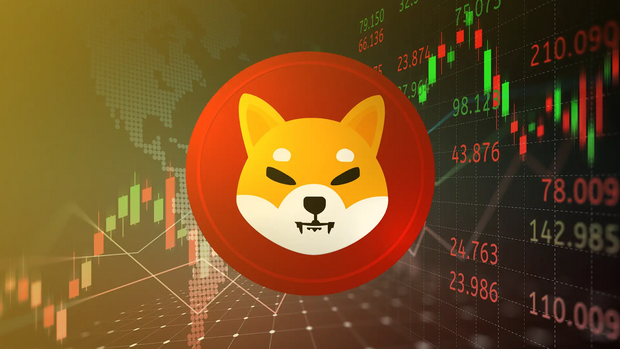TLDR
- Shiba Inu faces growing risks due to leadership instability and the absence of its lead developer, Shytoshi Kusama.
- The lack of identifiable leadership raises trust issues, hindering Shiba Inu’s ability to attract institutional investors.
- Shibarium’s transaction volume has significantly declined, sparking concerns about its ability to support decentralized finance (DeFi) growth.
- A recent $3 million exploit on Shibarium highlights the platform’s security vulnerabilities, further shaking user confidence.
- Shiba Inu struggles with a lack of influential partnerships and growing skepticism about its long-term success in the crypto market.
Shiba Inu remains one of the most recognized cryptocurrencies, boasting over 1.5 million holders. However, the ecosystem is showing signs of trouble. From leadership concerns to slow development, the project faces increasing risks that worry its growing holder base. These issues may undermine Shiba Inu’s long-term potential in the crypto market.
Absence of Shiba Inu Lead Developer
Shiba Inu’s pseudonymous lead developer, Shytoshi Kusama, has raised concerns due to his frequent absences. Kusama often disappears from public discourse, leaving the community in the dark. His extended break from social media last month sparked rumors that he had abandoned the project.
Kusama’s silence continued until this week when he reappeared following speculation about the future of Shiba Inu. His return came just days after Shibarium, Shiba Inu’s blockchain, was hit by a major security breach. Although Kusama addressed none of the concerns about the exploit, he reassured the community of his commitment to SHIB’s progress.
This absence of consistent leadership and communication makes Shiba Inu’s future uncertain. The project’s credibility weakens as holders demand more transparency and accountability from its leadership.
Shiba Inu Faces Leadership Instability Concerns
Since its launch, Shiba Inu has operated under complete anonymity, with no team members revealing their real identities. While this may have attracted early supporters, it now raises serious concerns among investors. As the project transitions from a meme coin to a legitimate ecosystem, the need for transparency is critical.
The lack of identifiable leadership hinders Shiba Inu’s potential to gain institutional investors or regulatory approval. This issue also explains why Shiba Inu has not seen a spot ETF application, unlike other popular coins such as Dogecoin. The anonymous nature of the team’s involvement creates a barrier for potential partnerships or mainstream adoption.
This level of opacity causes many to question Shiba Inu’s legitimacy. Without identifiable leaders and a clear structure, Shiba Inu may struggle to establish trust with both institutional and retail investors.
Low Shibarium Volume and Recent Hack
Shiba Inu’s Shibarium, launched in August 2023, saw impressive early success. It reached over 1 billion transactions within two years, signaling strong growth. However, recent reports show a sharp decline in Shibarium’s transaction volume.
Shibarium now processes fewer than 1 million daily transactions, a dramatic fall from its earlier performance. As of September 17, only 11,060 transactions were recorded in a 24-hour period. This stagnation raises concerns about Shibarium’s ability to sustain decentralized finance (DeFi) growth.
The recent $3 million exploit further exacerbates fears. Although the developers acted quickly by freezing the staking function, the hack highlights ongoing security vulnerabilities. These issues make Shiba Inu a risky bet for its holders as confidence continues to erode.
Shiba Inu faces increasing challenges that are shaking investor confidence. Leadership instability, declining network activity, and limited partnerships pose significant risks. Without decisive action and stronger fundamentals, Shiba Inu may struggle to maintain its relevance.






